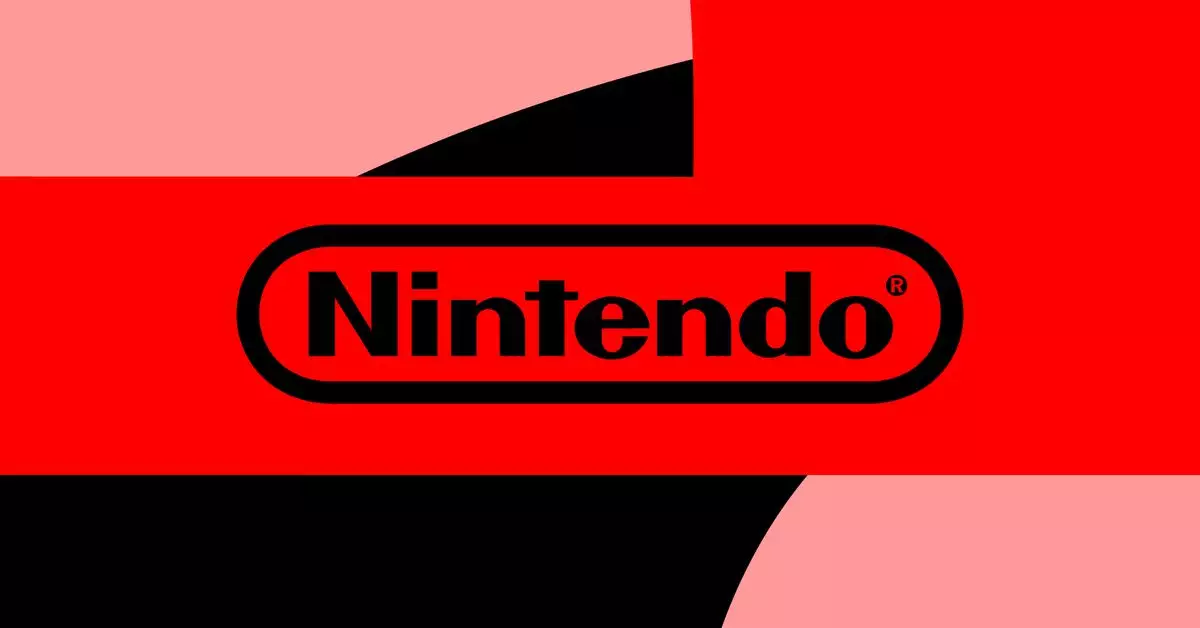As the gaming community eagerly anticipates the unveiling of Nintendo’s next console, the conversation is already shifting from speculation to analysis of the future’s possibilities. While Nintendo has yet to confirm the release date or specific features of the successor to the immensely popular Nintendo Switch, there is one certainty: the new system will support current Switch games and allow a seamless transition of Nintendo Switch Online services and user accounts. This news was shared during Nintendo’s recent midyear policy briefing, hinting at a strategic move that aims to maintain their robust user base while ensuring that existing games remain playable on their upcoming hardware.
Nintendo provided some telling insights during the briefing, citing sales figures that reflect both triumphs and challenges. In the past quarter, the company reported sales of 4.72 million Switch units—a notable decrease of 31 percent compared to the same timeframe in 2023. Nonetheless, this figure underscores the Switch’s resilience, with total sales soaring to an impressive 146 million units. Even more striking is the record set for software sales, with an astonishing 1.3 billion units sold as of September 30, 2024. This showcases not just the console’s enduring popularity but also the success of its diverse game library, appealing to a wide range of gamers.
However, amidst these successes, there is a slight decline noted in Nintendo Switch Online subscriptions, now at about 34 million members. Yet, this decline is juxtaposed with an increase in subscribers opting for the more expensive Expansion Pack option, suggesting that while the overall base might be receding, those who remain are willing to invest more substantially in premium offerings.
The topic of backward compatibility is an inherent challenge across the gaming industry. While both Microsoft and Sony have made forward strides in ensuring that newer consoles can play a substantial library of previous-gen games, Nintendo finds itself in a unique predicament. The transition from the Wii U’s disc-based system to the Switch’s cartridge format complicates backward compatibility, limiting players’ ability to enjoy their classic games on newer devices effectively.
For Nintendo, this has not only been a matter of technical feasibility but also a question of consumer satisfaction and, more importantly, video game preservation. With a staggering 87 percent of games released prior to 2010 classified as “critically endangered” or unavailable for purchase, it’s crucial for companies like Nintendo to consider the implications of their hardware decisions on the cultural legacy of video games.
Preservation vs. Innovation
The balance between innovation and preservation remains a pressing concern. While re-releases, remastered editions, and retro titles can offer newer generations a glimpse into gaming history, the inadequacy of accessible classic titles raises alarms. The Video Game History Foundation’s findings should prompt Nintendo, as well as other developers, to approach future hardware launches with a greater commitment to making earlier games available through digital libraries or remastered editions.
This not only serves gaming enthusiasts eager to revisit old favorites but also protects the historical significance of video games as a cultural medium. If Nintendo is genuinely devoted to its fanbase, it must prioritize backward compatibility and preservation alongside its ambitions to transition to new technology.
Looking Ahead
As Nintendo gears up for its forthcoming console reveal, anticipated in the fiscal year ending March 2025, players and industry analysts alike will be waiting to see how backward compatibility and game preservation are incorporated into their plans. The conversation surrounding these elements is not merely about nostalgia but touches upon the responsibility of game developers and publishers to safeguard the rich narrative and creative tapestry of video games.
Nintendo’s next console offers a host of possibilities that could redefine both gameplay and player experience. However, their success will largely depend on how well they navigate the complexities of backward compatibility and the preservation of gaming history, ensuring that both legacy and innovation coexist harmoniously in the ever-evolving landscape of gaming.


Leave a Reply